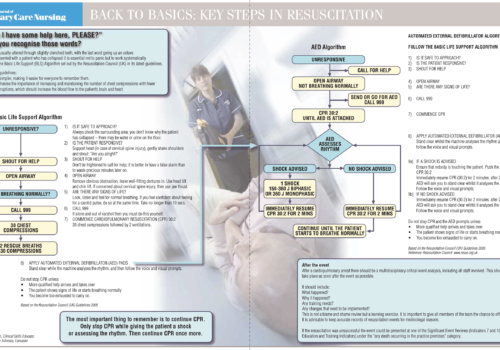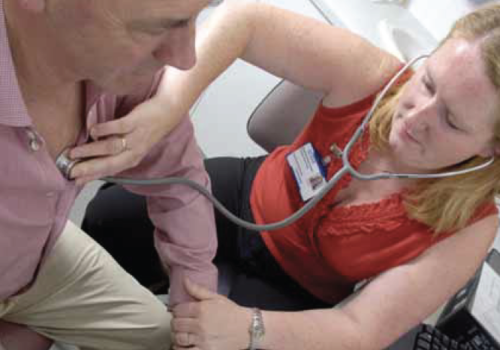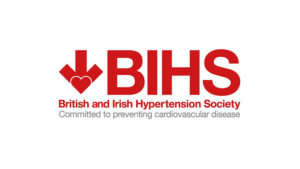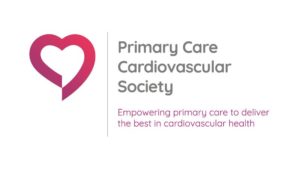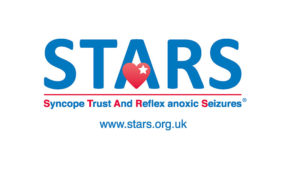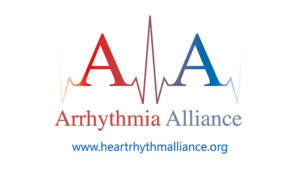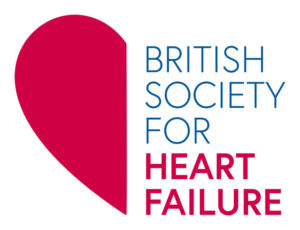There are over 37,000 new cases of lung cancer each year in the UK and it is the most common cancer in males and second most common after breast cancer in females. The role of the multidisciplinary team is essential in the management of these patients and it is important for all members of the team to know the signs to look for and actions to take in cases of suspected lung cancer. This article reviews the current methods of diagnosis and treatments available for lung cancer and the role of the primary healthcare professional.
Back to Basics: Mechanisms of allergy
Useful techniques to manage breathlessness
Although breathlessness is a complex symptom, appropriate management in primary
care can be very rewarding, and does not have to rely on complex, hi-tech
interventions. This article discusses the rationale behind the practical interventions
that practitioners in primary care can consider.
Sexual relationships, breathlessness and the respiratory patient
The rising incidence of a range of respiratory disorders means an increasing emphasis
on treatment, management and care. Although some respiratory diseases are acute,
many are chronic, bringing with them a burden of morbidity affecting patients in many
areas of everyday life. One area of concern for patients may be sexual functioning so
somewhere in the process of management and care the practice nurse may need to address the
issues of sexuality (Petty 1986, Kaptein et al. 2008).
Occupational asthma: how to help the wheezy workers
Approximately one in every ten cases of adult-onset asthma is attributable to
occupational exposure. Unless occupation is considered, a diagnosis of occupational
asthma will be missed so it is likely to be underdiagnosed. An average practice with
around 6,000 patients will typically have approximately 600 adult patients with asthma,
of whom 60 may have occupational asthma if we assume 10% of cases are related to
occupational exposure. Can you think of 60 patients with occupational asthma in your practice?
Getting it Right: Asthma Devices in Children
Asthma medications should routinely be delivered by a pressurised metered dose inhaler
(pMDI) and spacer system, with a facemask where necessary, in children under five,
according to the National Institute for Health and Clinical Excellence (NICE).1
For older children, aged 5-15 years, NICE has advised that a child’s therapeutic needs,
the ability to develop and maintain an effective technique, the suitability of a device for the
child’s and carer’s lifestyles (ie portability and convenience) and the likelihood of good
compliance are the factors that should govern the choice of device.2 Only once these factors
have been taken into account, should choice be made on the basis of cost minimisation.
Cough as a Presenting Symptom in General Practice
Cough is a common presenting symptom in primary care. It has a prevalence of 30% in
the general European population, and in a US National Medical Case Survey in 1991
cough was the commonest presenting complaint. Between 10% and 38% of all new
patient referrals to UK hospital chest clinics are for chronic cough. This article covers
the physiological nature of cough and its role as an essential protective reflex, focuses on the
differential diagnosis of cough in general practice in both adults and children, and discusses the
use of treatment as a diagnostic tool.
Has The UK Smoking Legislation Improved Our Health?
Between March 2006 and July 2007 smokefree legislation was introduced in Scotland, Wales, Northern Ireland and England, making virtually all enclosed public places and workplaces smokefree. Building on the experience of several other countries, the laws and regulations were designed to protect the health of workers and others from the negative consequences of breathing secondhand tobacco smoke. This article examines the impact that the legislation has had so far and provides guidelines for encouraging patients to stop smoking.
Back to Basics: Key steps in resuscitation
Urticaria and angioedema
Allergic diseases such as hayfever and allergic asthma are becoming increasingly common
in westernised countries such as the United Kingdom, with an estimated 25% of the
population now suffering from some form of allergic condition. Urticaria and angioedema
are commonly thought of as allergic problems although in general only acute symptoms
are related to allergen exposure. Here we discuss the diagnosis and management of urticaria and
angioedema in primary care, with particular focus on identifying allergic triggers and managing
long-term symptoms successfully.
Seven Steps to a Successful Flu Vaccination Campaign
Planning a flu vaccination campaign during the autumn is always a difficult concept to
take on board. But, from experience, the earlier you plan a campaign, the more
successful it will be. Adequate planning and organisation will ease the pressure on all
members of the team during a very busy period. It will also ensure that all patients in
the ‘at risk’ groups are vaccinated and targets achieved. This article gives seven easy steps for a
stress-free flu vaccination campaign.
Non-respiratory causes of breathlessness
Abnormal breathlessness is a common symptom with a wide variety of causes and it can
be quite a challenge to diagnose the cause and plan appropriate treatment. Practice
nurses are often the first point of contact for patients with these conditions and play an
important role as part of the multidisciplinary healthcare team. This article completes a
series of three on causes of breathlessness (‘The breathless patient: is it asthma or COPD?’ Vol 2,
Issue 1, December 2007 and ‘Respiratory causes of breathlessness.’ Vol 2, Issue 2, March 2008).







